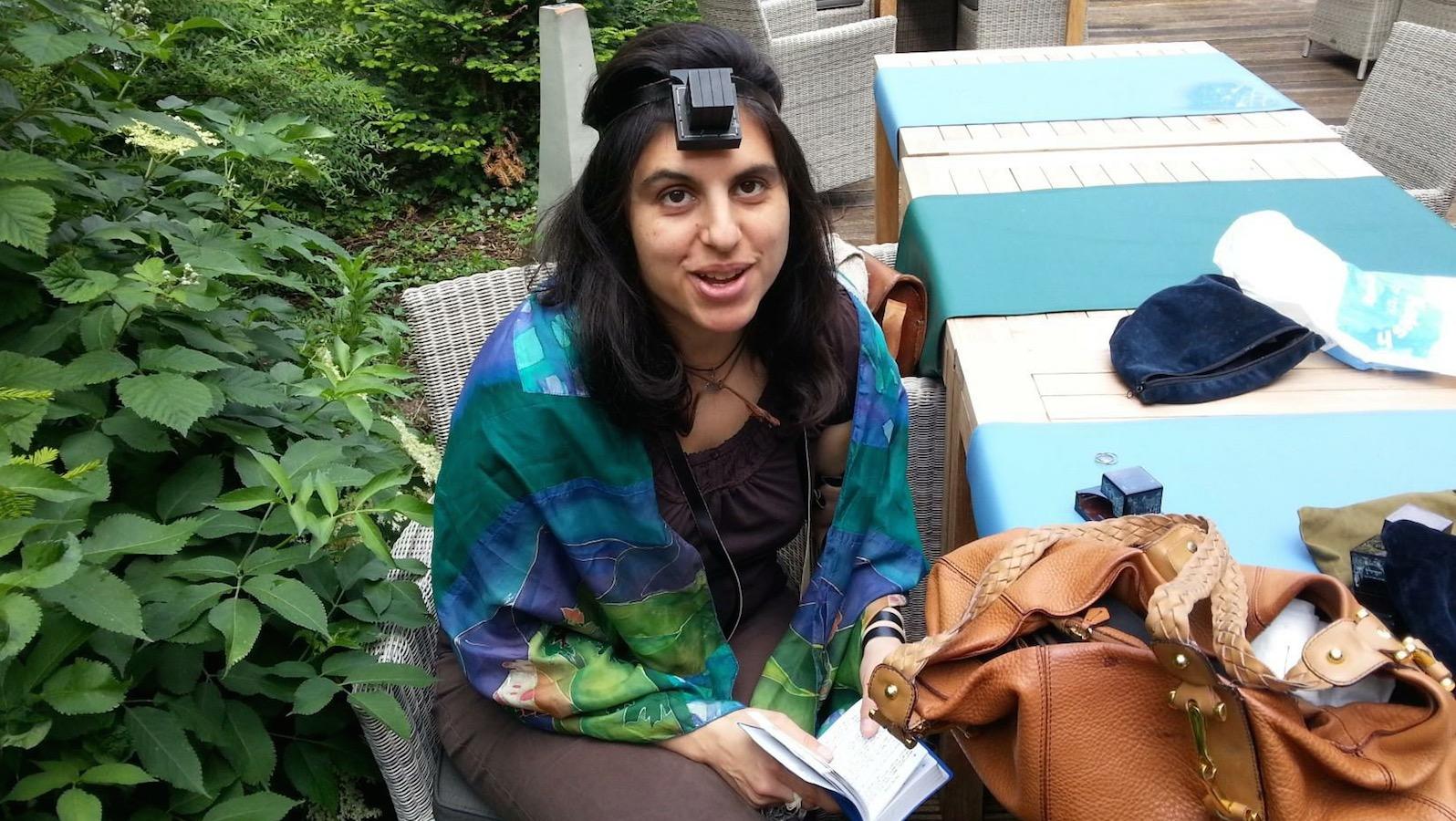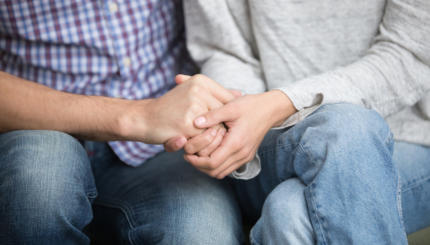Jewish feminist thought seeks to create theological narratives that merge Judaism with feminist values. Jewish feminists have approached this task in a multitude of ways. A thinker’s theological method often reflects the degree to which she believes that feminism and Judaism are ultimately reconcilable.
Though all feminists believe that Judaism reflects male bias, not all feminists believe that this bias is inherent in the very structure of Judaism. The less fundamental androcentrism (male-centeredness) is to Judaism, the more likely it is that traditional Jewish resources can be used to foster a feminist Judaism.
For example, Cynthia Ozick has suggested that not only is Judaism not intrinsically biased, but that–in its generic prescription to pursue justice for all–it contains an exhortation to improve conditions for women. In a similar vein, Orthodox feminist Blu Greenberg, in her classic work On Women and Judaism, defines an agenda for reconciling Judaism and feminism that looks for ways “within halakhah [Jewish law] to allow for growth and greater equality in the ritual and spiritual realms.”
These approaches to Jewish feminism seek to integrate female concerns into an existing model of Judaism, but not all of Jewish feminist thought is focused on achieving equality within the religion’s traditional structure. For some Jewish feminists, the entire system needs an overhaul, because Judaism is a classic patriarchy–a system that reflects male experiences and voices, and in which women are “other.”
For someone like Ozick, Judaism is essentially gender neutral. Restrictive measures vis-à-vis women may exist in Jewish tradition, but these can be purged without altering Judaism in any fundamental way.
But for those who see Judaism as patriarchal at its core, gender inequality cannot be rectified simply by loosening restrictive measures, such as providing women with ritual opportunities formally off limits to them. Indeed, some feminists view the opening of traditionally male ritual roles to women–e.g. ordaining women rabbis, allowing women to lead prayer services–as in some sense perpetuating Judaism’s male bias, affirming the male experience as normative and merely extending it to women.
Feminist theologians have responded to this problem in a number of ways. Some, like Judith Plaskow, have suggested the need for a comprehensive re-imagining of Judaism–not just of contemporary Judaism, but of the Jewish past as well. The history of Jewish women must be recovered–or recreated–and injected into Jewish communal consciousness. Similarly, Rachel Adler advocates self-consciously “engendering” Judaism–that is, making gender a fundamental criterion by which the Jewish past is understood and the Jewish future envisioned.
This self-conscious approach to gender has been adopted by Jewish feminist academics, as well. In the view of these scholars, our knowledge of what Judaism is has also been fundamentally shaped by a male perspective, because the producers of this knowledge have been, for the most part, men. Like Adler, these scholars recommend employing gender as an interpretative tool–both to better understand the history of Jewish women and to counter gender-biased historical narratives.
This method has not exposed only misogyny and women’s exclusion. Scholars like Tikva Frymer‑Kensky (reading the Bible) and Judith Hauptman (interpreting rabbinic sources) have found that, in many ways, ancient Israelite views of women were more positive than those in other ancient Near Eastern societies.
In discussing Jewish feminist thought, special mention must be made of conversations about the nature–and names–of God. For the most part, traditional Jewish texts refer to God using male pronouns and imagery. Jewish feminists have responded to this in a number of ways.
Some suggest eliminating male and female pronouns for the divine, while others recommend alternating their usage. Some choose to emphasize traditional Jewish imagery that can be connected with the feminine — like the Shekhinah, or God’s indwelling presence, or the Source of Life — while others have advocated adopting new feminine imagery, including ancient Israelite goddess imagery.
Contemporary Jewish feminist thought covers a wide range of approaches, including the classical Jewish feminist models described here, affirmations of traditional gender roles and God language as consistent with feminism, and analyses of gender in Judaism as it affects and is reflected in the lives, depictions, and practices of both men and women.



